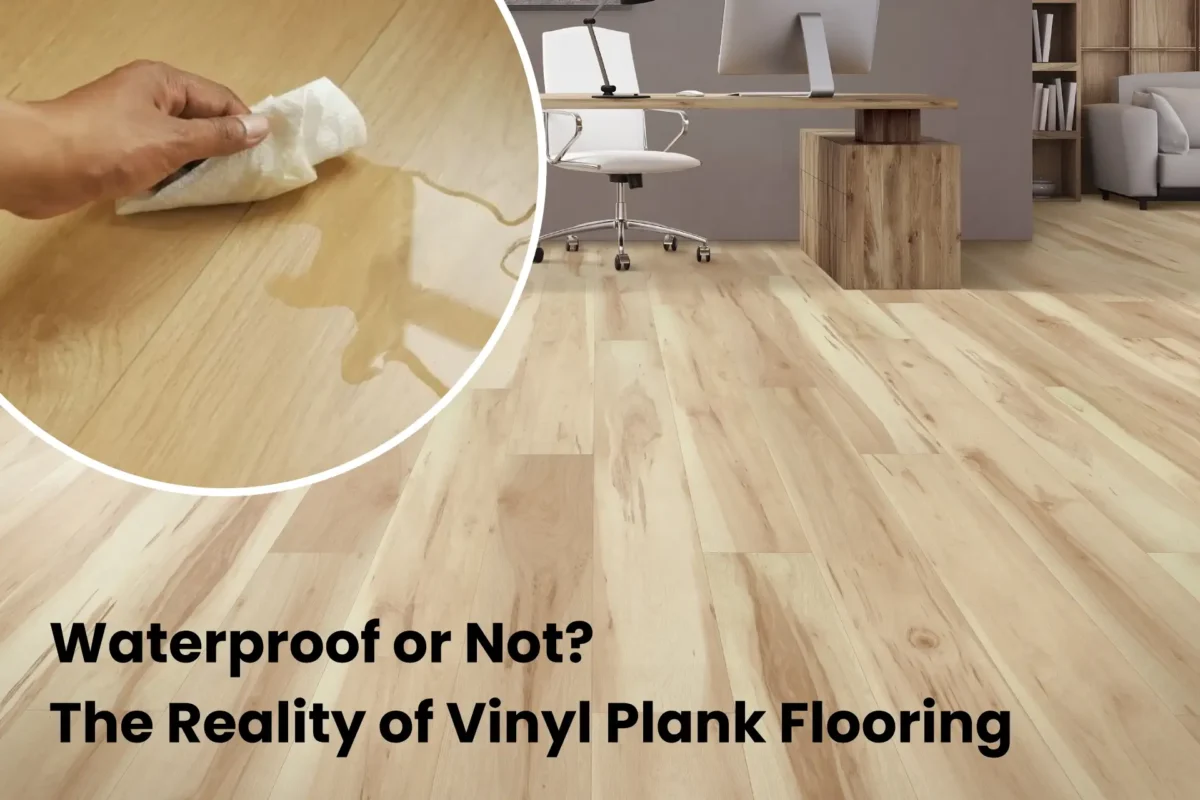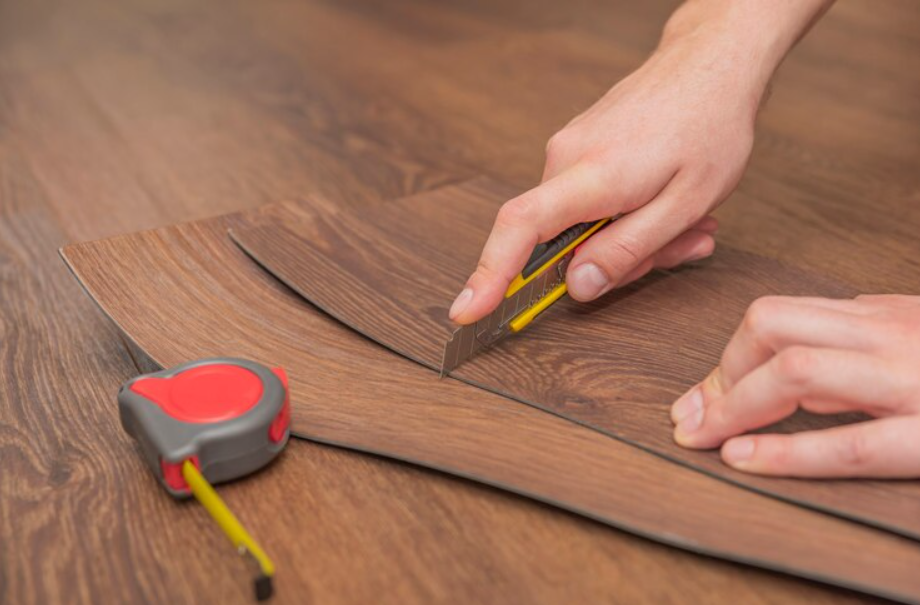In the realm of modern flooring solutions, waterproof vinyl plank flooring stands as a formidable contender. With promises of durability, water resistance, and aesthetic appeal, it has surged in popularity among homeowners and designers alike. But amidst the allure of its glossy marketing campaigns, what is the true reality of waterproof vinyl plank flooring? In this comprehensive exploration, we delve deep into the pros, cons, and underlying truths that define this flooring option.
Understanding Waterproof Vinyl Plank Flooring
Waterproof vinyl plank flooring, often abbreviated as WVPF, is a synthetic flooring material primarily composed of polyvinyl chloride (PVC) and various additives. Its structure typically consists of several layers, including a wear layer, printed vinyl layer, core layer, and backing layer. This layered construction lends it versatility and resilience, making it suitable for a wide array of applications, from residential to commercial settings.
The Promise of Water Resistance
One of the most touted attributes of waterproof vinyl plank flooring is its ability to withstand moisture, making it an ideal choice for areas prone to spills, splashes, and high humidity levels. Unlike traditional hardwood or laminate flooring, which is susceptible to warping, swelling, and mold growth when exposed to moisture, WVPF offers a robust defense against such issues. This feature has positioned it as a top contender for kitchens, bathrooms, basements, and other moisture-prone spaces.
Durability: Separating Fact from Fiction
Another selling point of waterproof vinyl plank flooring is its purported durability. Manufacturers often highlight its resistance to scratches, dents, and stains, presenting it as a long-lasting solution for high-traffic areas. While it is true that WVPF can withstand everyday wear and tear better than many other flooring options, it is essential to differentiate between different quality grades and installation methods. Opting for thicker wear layers and professional installation can significantly enhance its longevity and performance.
Aesthetic Versatility
Beyond its functional attributes, waterproof vinyl plank flooring offers a diverse range of designs, colors, and textures, mimicking natural materials such as hardwood, stone, and tile. This versatility allows homeowners to achieve their desired aesthetic without compromising performance or budget. Whether seeking the rustic charm of reclaimed wood or the sleek sophistication of marble, there is a WVPF option to suit every style preference.
Installation: The Key to Success
While waterproof vinyl plank flooring is often marketed as a DIY-friendly option, proper installation remains critical to its performance and longevity. Improperly installed planks can result in unsightly gaps, uneven surfaces, and compromised water resistance. Therefore, investing in professional installation or thoroughly educating oneself on best practices is paramount for achieving optimal results.
The Environmental Impact
In recent years, concerns have arisen regarding the environmental impact of vinyl flooring, including its production process, chemical emissions, and disposal. While advancements have been made to reduce its environmental footprint, including the use of recycled materials and eco-friendly additives, some sustainability-conscious consumers remain wary of its implications. Transparency regarding sourcing, manufacturing practices, and certifications (such as FloorScore and GREENGUARD) can help assuage these concerns and guide environmentally conscious purchasing decisions.
Maintenance and Care Considerations
Proper maintenance is essential for preserving the beauty and functionality of waterproof vinyl plank flooring. Routine cleaning, avoiding harsh chemicals, promptly addressing spills, and using furniture pads to prevent scratches are recommended. Additionally, periodic inspections for signs of wear or damage can help identify issues early on, allowing for timely repairs or replacements as needed.
The Price of Quality
While waterproof vinyl plank flooring offers an attractive blend of affordability and performance, it is essential to recognize that quality comes at a price. While budget-friendly options are readily available, they may sacrifice certain features such as wear layer thickness, design realism, or installation ease. Therefore, striking a balance between budget constraints and long-term value is crucial when selecting WVPF for your space.
Waterproof Vinyl Plank Flooring Lists
- CoreLuxe Ultra
- LifeProof
- Mohawk SolidTech
- Shaw Floorte
- NuCore
- Smartcore Ultra
- Armstrong Luxe Plank
- Mannington Adura Max
- Karndean Korlok
- Pergo Extreme
- Tarkett ProGen
- Congoleum Structure
- EarthWerks Parkhill
- Downs H2O
- Aquaguard
- Cali Vinyl Pro
- Golden Arowana
- Home Decorators Collection
- TrafficMASTER Allure
- NovaCore
- Palmetto Road Waterproof Collection
- Supreme Click Elite
- Provenza MaxCore Waterproof LVP
- WPC Waterproof Flooring
- Timeless Designs Everlasting II
- Beaulieu Bliss
- Floor & Decor Rigid Core Luxury Vinyl Plank
- Eternity Forever Collection
- Courtier Premium Vinyl Plank
- Adore Touch Luxury Vinyl Plank
The Verdict: Is Waterproof Vinyl Plank Flooring Worth It?
In conclusion, the reality of waterproof vinyl plank flooring lies somewhere between its lofty promises and practical limitations. While it undoubtedly offers numerous benefits, including water resistance, durability, and aesthetic versatility, it is not without its drawbacks and considerations. Careful evaluation of factors such as quality, installation, maintenance, and environmental impact is essential for making an informed decision that aligns with your priorities and needs.
Ultimately, whether waterproof vinyl plank flooring is worth it depends on various factors, including your budget, lifestyle, aesthetic preferences, and long-term goals. By weighing the pros and cons with diligence and discernment, you can determine if WVPF is the right flooring solution for you.








